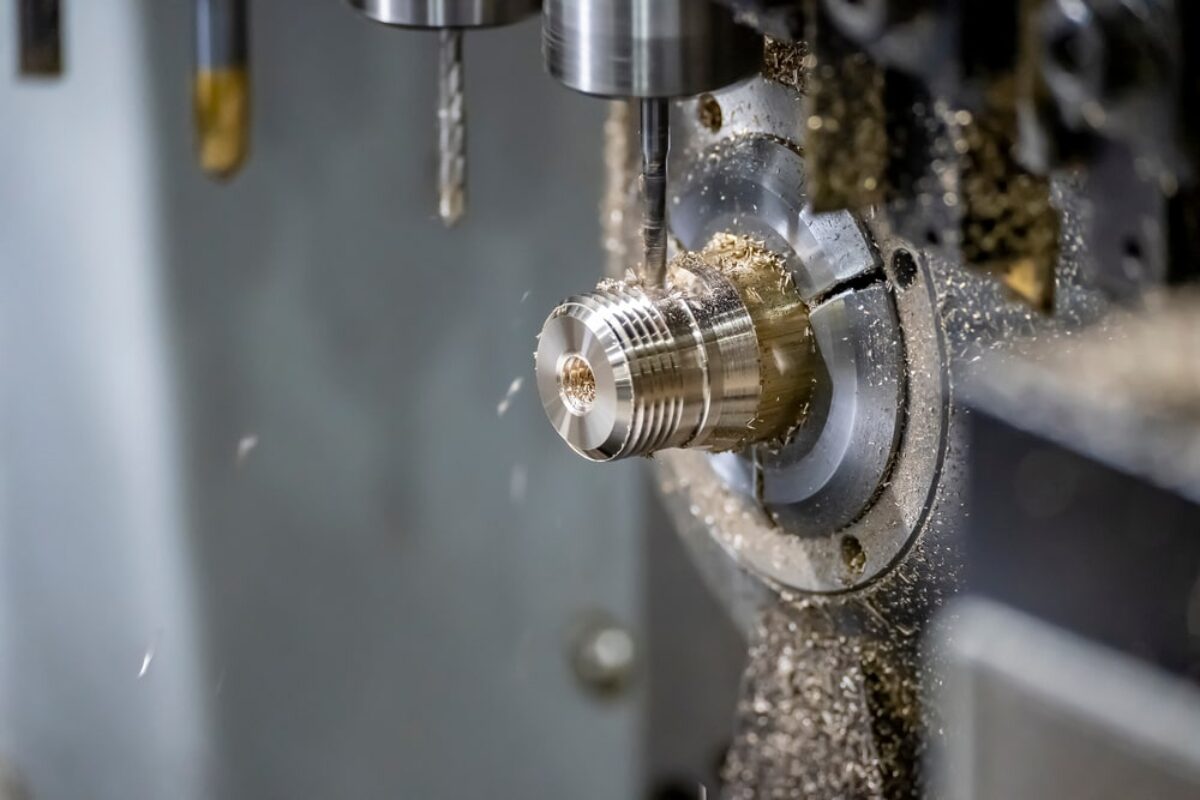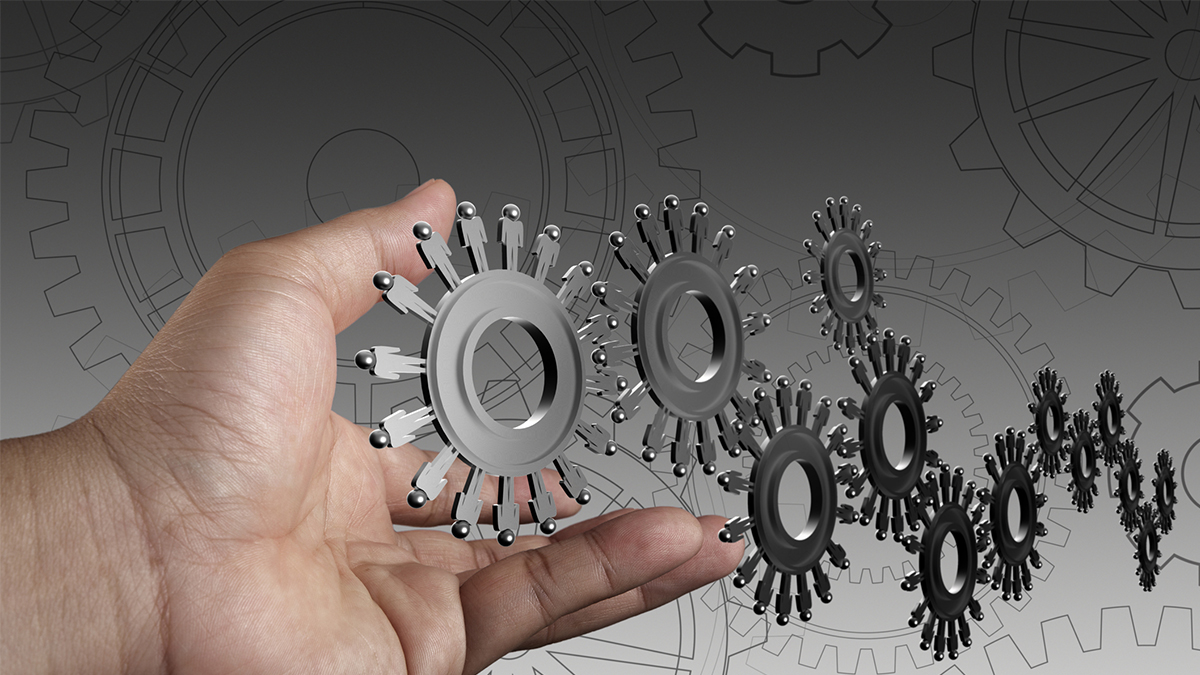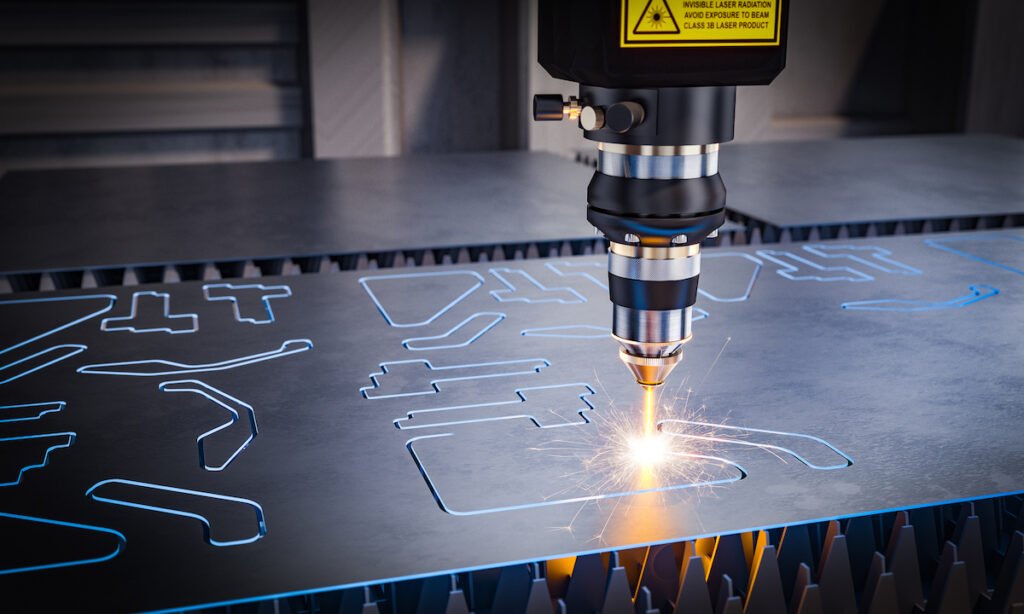CNC Turning and Milling
Modern production depends significantly on CNC turning and milling, which is computer numerical control. For sectors including automotive, aerospace, and electronics, they assist in producing precise components. High quality in every stage of these processes is essential to keep clients happy and prevent waste. If you’re looking to maintain excellence in machining, exploring reliable CNC Milling Services near me can make a big difference. Simple yet efficient methods to keep CNC turning and milling quality in this blog will be discussed.
CNC turning and milling are what?
Let’s first define CNC turning and milling before getting into quality control.
- CNC turning is the process of rotating the workpiece while a cutting tool takes away material. Making cylindrical or spherical pieces like shafts and pins benefits from this process.
- CNC milling employs revolving cutting tools to take away material from a static component. For more complicated forms, such as gears, brackets, and housings, milling is best.
- Both systems need skilled operators and accurate machinery to produce consistent and accurate components.
The Need for Quality
Quality in CNC machining services entails more than just manufacturing parts that look good. Among its ingredients are:
- Parts have to match the exact dimensions.
- Consistency: Every component in a batch needs to be identical.
- Smooth and clean surfaces are essential for parts that move or fit together.
- High-quality machining prevents flaws or weak areas, thereby increasing durability.
- Low-quality machining might cause expensive repairs, product failure, or consumer grievances. It makes sense to spend time and work on quality control.
-
Employ the Correct Resources
Quality begins with the raw material. Always verify that the material matches the criteria provided in the order or plan. No matter how great your machines are, poor-quality materials will influence the finished result.
Tips:
- Examine incoming material for flaws.
- Ask for mill certificates from suppliers to verify composition and quality.
- Store items correctly to prevent rusting or pollution.
-
Keep Your Equipment Running
CNC machines are highly accurate tools. Poor parts may result from a lack of appropriate care for CNC equipment.
Recommendations:
- Keep a constant maintenance schedule.
- To help prevent measurement mistakes, regularly calibrate machines.

-
Train Operators and Staff
You need trained operators to operate even the best equipment. At Ams Vietnam, good instruction increases efficiency and helps to avoid mistakes.
Guidelines:
- Offer training on interpreting technical drawings and employing measuring instruments.
- Early reporting of problems should be encouraged by operators.
- Cross-train employees to know how to mill as well as turn procedures.
-
Adhere to a quality control method
An established step-by-step quality control (QC) procedure guarantees that errors are found early before they turn into significant issues.
Tips:
- For every production run, use a checklist.
- Examine the first item from each batch very closely.
- Calipers, micrometers, or coordinate measuring devices (CMM) can be used to measure essential dimensions.
- Store inspection records and results.
-
Choose the Proper Cutting Equipment
Surface finish and part accuracy rely mostly on cutting tools. Worn or improper tools can lead to problems.
Advice:
- Apply equipment designed for the particular material you are machining.
-
Get the environment under control
CNC machining can be influenced by temperature, dust, and vibration. Maintaining a regulated environment can increase part precision.
Advice:
- Maintain the store temperature stable, especially for exact tolerance jobs.
- Shield equipment and components using dust filters and coolant systems.
- If necessary, place machines on vibration-damping bases.
-
Use CAD/CAM software properly
Parts are designed and machining code created using Computer-Aided Design (CAD) and Computer-Aided Manufacturing (CAM) software. Errors in these files can result in subpar components.
Advice:
Before machining, thoroughly review CAD layouts.
Catch problems by simulating tool paths in the CAM program.
Upgrade the software and have the team take it.
-
Middle ways encourage continuous improvement
One cannot accomplish one quality. Top companies often alter their methods to keep ahead of others.
Advice:
- Gather quality inspection feedback.
- Arrange weekly sessions to address difficulties and potential solutions.
- Follow scrap rates and set goals to lower them gradually.

Conclusion
Quality in CNC turning and milling does not end on machines; it is people, processes, and details. With proper materials, keeping your equipment and team well-maintained, and utilizing a proper QC method, CNC Turning Services can consistently deliver excellent parts that suit the requirements of the customers
Like and subscribe to our YouTube channel for more updates and information
FAQs
- Why does CNC machining have a poor surface finish?
Blunt tools, incorrect feed rates, inappropriate speeds, or machine vibration may cause a lackluster surface finish.
- What is the frequency of calibration of CNC machines?
The procedure of calibration relies on the use of the calibrating device, although accuracy is advised by calibration every 6 months to a year.
- Is it possible to use CNC machining on tight tolerances?
The answer is yes; CNC machines can do tight tolerances of plus or minus 0.001 inch, depending on the machine and material.
- Which tools are applicable in quality inspection?
Examples of standard tools are calipers, micrometers, CMM, and surface testers.
- Why is the training of the operator necessary?
Qualified operators minimize human errors, check the quality of the production, and service the machines.
- What will indicate that my material is certified?
Request a Material Test Report (MTR) or a Certificate of Conformance (CoC) from your supplier.
- What is the First Article Inspection (FAI)?
FAI is a thorough check on the initial part, made so that all requirements are checked before undergoing large production.
